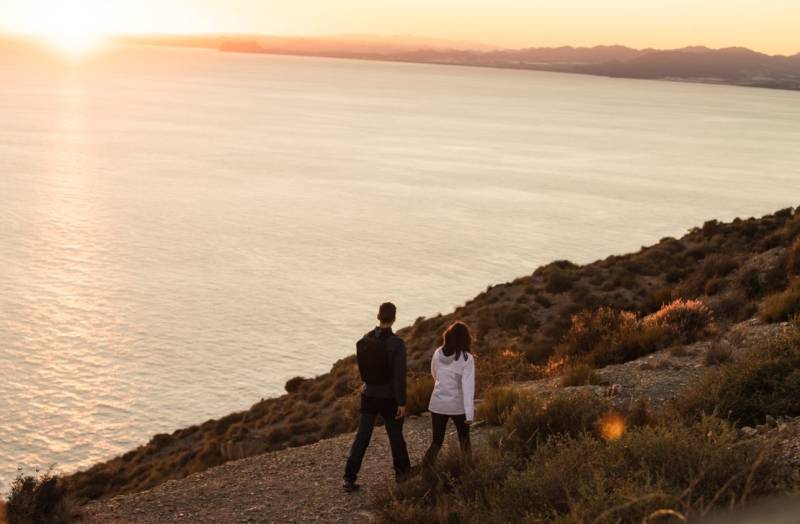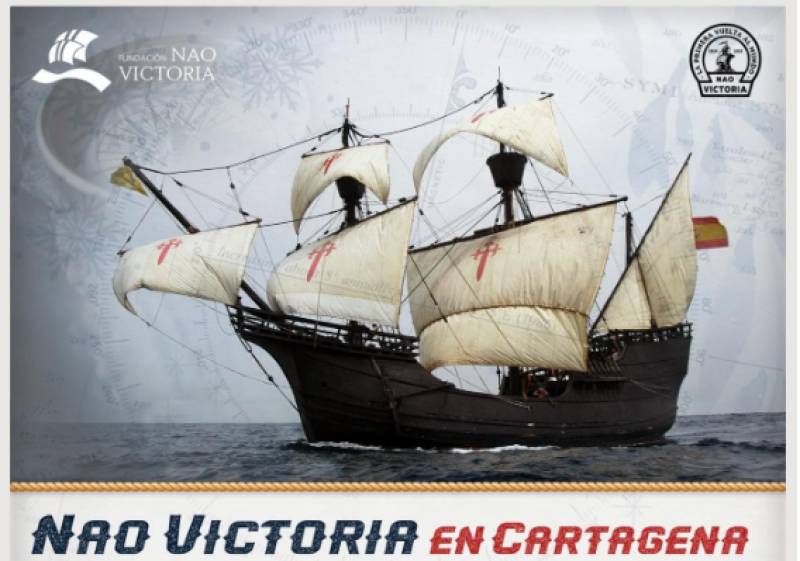

Guidelines for submitting articles to Mazarron Murcia
Hello, and thank you for choosing Mazarron Murcia to publicise your organisation’s info or event.
Mazarron Murcia is a website set up by Murcia Today specifically for residents of the urbanisation in Southwest Murcia, providing news and information on what’s happening in the local area, which is the largest English-speaking expat area in the Region of Murcia.
When submitting text to be included on Mazarron Murcia, please abide by the following guidelines so we can upload your article as swiftly as possible:
Send an email to editor@spaintodayonline.com or contact@murciatoday.com
Attach the information in a Word Document or Google Doc
Include all relevant points, including:
Who is the organisation running the event?
Where is it happening?
When?
How much does it cost?
Is it necessary to book beforehand, or can people just show up on the day?
…but try not to exceed 300 words
Also attach a photo to illustrate your article, no more than 100kb

Águilas Railway Museum
El Museo del Ferrocarril, Águilas
The Railway Museum of Águilas was opened in 1985 by the “El Labradorcico” railway enthusiasts club, and is housed on the lower floor of the railway station in the town.
The premises was formerly occupied at the end of the 19th century by “The Great Southern Spain Railway Company”, who used them as an archive and maintained their vast strongbox here. The reinforced iron door which protected the safe is still fully functional and is an integral part of the museum.

The large main room of the museum has thick brick walls and a vaulted ceiling, with an eclectic collection of photographs and railway memorabilia relating to the history of the Lorca-Baza-Águilas line. The photographs clearly show the former port of Águilas and the people who lived and worked here. There is also a large model train exhibit which is operational whenever the museum is open and models of the important structures relating to the railway, such as the Embarcadero del Hornillo, from where minerals were loaded for onward transport.
It's a small museum, but is well worth visiting if you have an interest either in the history of Águilas or in railways, and can also be visited as part of the route of the railways which is run by Águilas tourist office every month, giving visitors a chance to see inside the tunnels and deposit areas which lead out onto the railway jetty.
One of the trains which used to operate in the area is also located close by and the Embarcadero can also be seen from the beach.
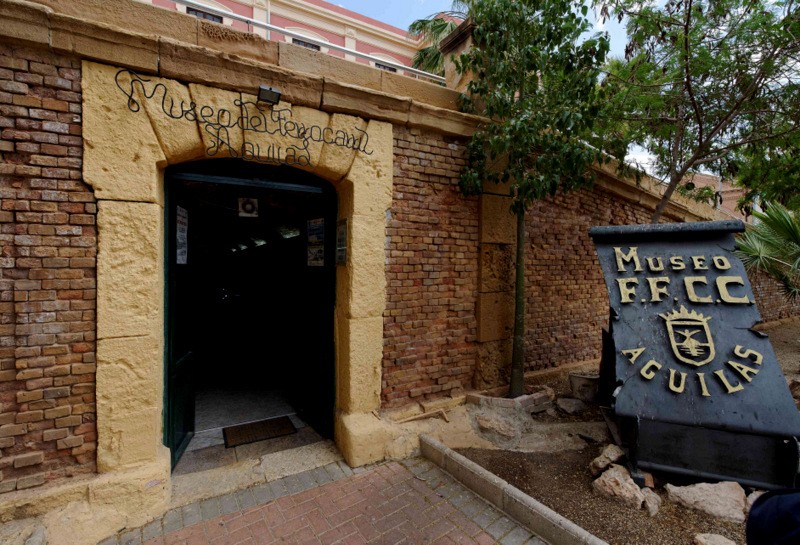
A little history
In 1838 a vein of silver was discovered in the Sierra de la Almagrera, along with significant deposits of iron and lead in the north-west of Andalucía, and from that moment on, mining became one of the most important economic activities in the area. During the 1840s and 1850s the population tripled as speculative mining took place, but most of the companies involved were operating on limited financial resources, and the technology used was fairly basic, and often not very profitable. Fortunes were made and lost in the years which followed.
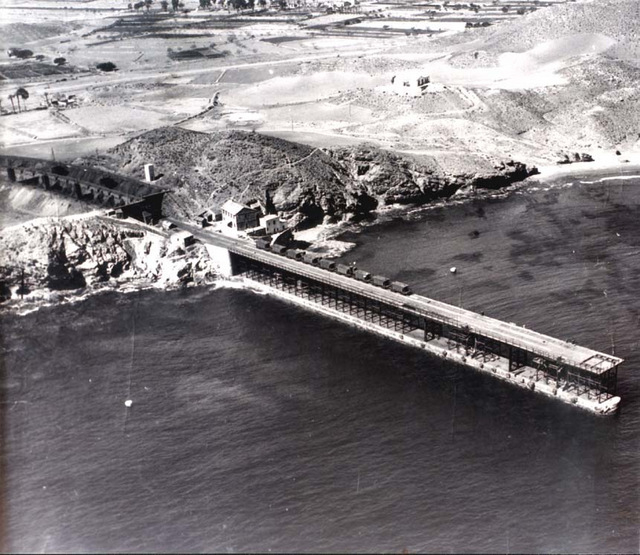 However, the mining activity in the area laid in place the basic infrastructures for exporting raw minerals and attracted attention to the resources on offer. In 1843 the British Company, Edward Bates, acquired the foundries of La Aurora and Iberia.
However, the mining activity in the area laid in place the basic infrastructures for exporting raw minerals and attracted attention to the resources on offer. In 1843 the British Company, Edward Bates, acquired the foundries of La Aurora and Iberia.
Between 1875 and 1884 improvements to the port infrastructure were carried out, making Águilas capable of processing large quantities of materials as iron extraction gained pace, towards the end of the 19th century.
The logistics of transporting the volumes of iron ore extracted made construction of a railway the most logical option connecting the mines with the coastline, sea transport offering the most practical option in this era to transport bulk volumes of raw materials.
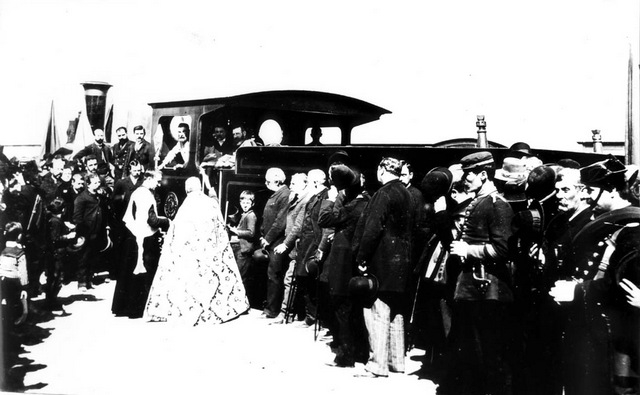 Between 1887 and 1890 The Great Southern Spain Railway Company (a British company) built the line between Lorca and Águilas, with a connection to the Granada line in Almendricos. In 1903 the same company was responsible for the construction of the Embarcadero del Hornillo, the main wharf, or jetty in Águilas. Having initially been set up in 1885, the company continued in operation until 1941, and in 1907 built the Murcia-Granada line, passing through Guadix and Lorca.
Between 1887 and 1890 The Great Southern Spain Railway Company (a British company) built the line between Lorca and Águilas, with a connection to the Granada line in Almendricos. In 1903 the same company was responsible for the construction of the Embarcadero del Hornillo, the main wharf, or jetty in Águilas. Having initially been set up in 1885, the company continued in operation until 1941, and in 1907 built the Murcia-Granada line, passing through Guadix and Lorca.
This activity transformed Águilas into a prosperous town, with a substantial number of international residents and their families involved in activities relating to the mining and railway activities, hence the construction of the casino and other important buildings, and the links of the town with the British.
Museo del Ferrocarríl, Águilas
Beneath Águilas Railway Station
Paseo de la Estación, s/n 30880
Águilas
Telephone : 667 501 488
Entry Fee: Children 50 cents and 1 euro for adults.
Click to see opening times of the museum and other places of interest in Águilas
For more local visiting information as well as local news and what's on visit the home page of Águilas Today.











